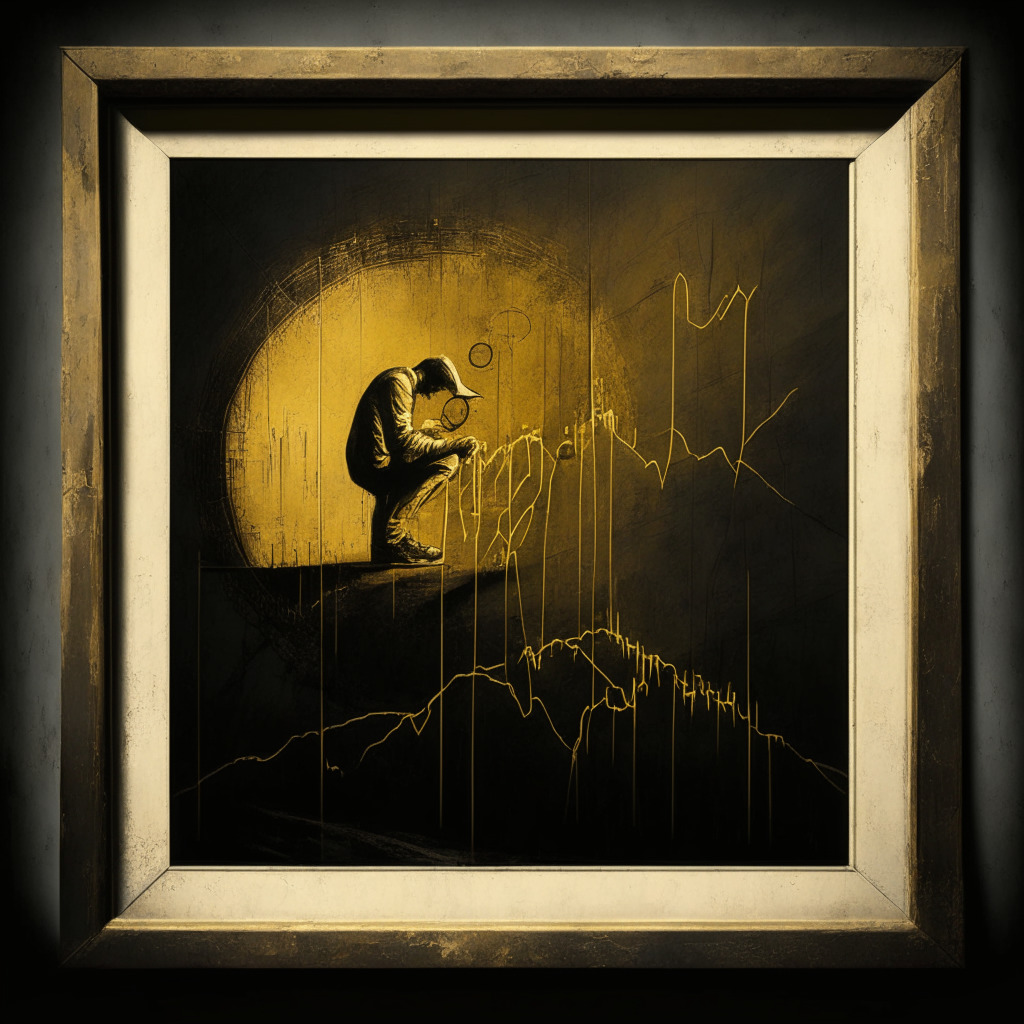While the prominence of non-fungible tokens (NFTs) in the limelight seems to be unwavering, an issue simmering beneath the surface is the dwindling royalty payments for creators. Collectors appear to be sidestepping the option to pay royalties, a practice that has been subject to disagreement between platforms and creators for a while now.
Insights from the data analytics platform, Nansen, indicate a steep descent in NFT royalty payments, hitting a low unseen in the past two years in the recent month of June. Back in April 2022, requisite payments to NFT creators were buzzing, accounting for approximately 28,000 ETH (a whopping $76 million) in one week. Meanwhile, June witnessed creators making a collective earning of just 2,000 ETH ($3.8 million).
This diminishing trend in payouts to creators seems to be exacerbated by the rise of royalty-optional marketplaces such as Blur, as well as policies of more established platforms like OpenSea. On OpenSea, creator earnings enforcement requires collections to apply an on-chain enforcement method within their smart contracts, lest the royalty fee drops to a base value of 0.5%. Blur follows suit by imposing the same minimum percentage for royalties. Despite this, collectors possess the discretion to uplift the amount contributed to creator royalties, a liberty that isn’t exercised as frequently as hoped.
It would appear from the observation of Nansen analysts Javier Cerdan and Edward Wilson that there’s an ongoing rivalry between these two platforms, whereby both seem keen to maintain low royalties while enticing trading. Beyond the clamour, several ‘blue-chip’ collections have reaped millions in royalty payments since their inception. For instance, NFT giant Yuga Labs retrieved nearly $166 million in cumulative royalties across its collections, such as Bored Ape Yacht Club, Mutant Ape Yacht Club, and Otherdeed for Otherside. Further, the collective Chiru Labs has netted over $58 million in royalties from its flagship Azuki collection and derivative projects BEANZ and Elementals.
The decision to honour NFT royalties is yet another knot in the complex narrative of this budding technology, which first inflamed discussions when Blur launched its zero-fee marketplace, a move seen to rival OpenSea. After facing reproach from creators and collectors alike, Blur permitted collections to decide on enforcing creator fees. Meanwhile, other NFT marketplaces like X2Y2 and Magic Eden have also re-evaluated their royalty enforcement policies, suggesting that these digital markets remain a volatile, yet exciting territory within the broader financial technology landscape.
Source: Coindesk




